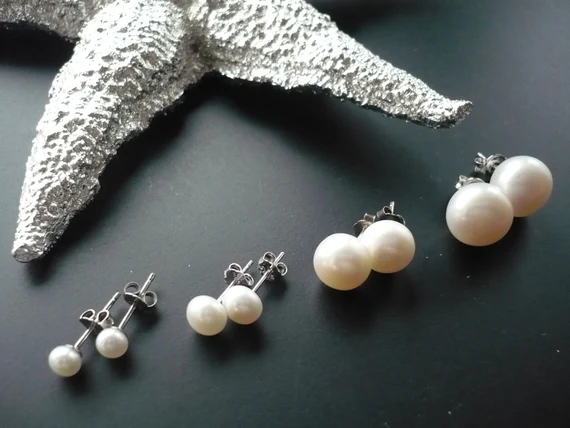Earrings, a quintessential accessory in the world of fashion, pearl earrings have adorned the ears of individuals for thousands of years. These small but significant pieces of jewelry hold a rich tapestry of history, cultural significance, and stylistic evolution. From ancient civilizations to modern runways, earrings have transcended time and trends, continually evolving while retaining their allure and charm.
A Glimpse into History
The origin of earrings dates back to ancient times. Archaeological evidence suggests that earrings were worn as early as 2500 BCE in Sumeria. These early earrings were primarily hoops, crafted from gold, silver, and other metals, signifying status and wealth. In ancient Egypt, earrings symbolized royalty and were often intricately designed with precious stones and metals.
The Greeks and Romans also embraced earrings, with designs that ranged from simple hoops to elaborate pieces featuring gemstones and intricate metalwork. During the Byzantine era, earrings became more ornate, reflecting the empire’s opulence and artistic sophistication.
In many ancient cultures, earrings were not merely decorative but also served as talismans. They were believed to protect the wearer from evil spirits and bad luck. This belief is still prevalent in some cultures today, where earrings are gifted to newborns as a symbol of protection and good fortune.
Cultural Significance
Earrings have held various meanings and purposes across different cultures. In India, earrings are deeply embedded in tradition and often signify marital status. The practice of ear piercing, known as “Karnavedha,” is an important ritual in Hindu culture, marking the child’s entry into the world of sound and speech.
In African cultures, earrings are not just ornamental but also denote age, marital status, and tribal identity. The Maasai people of Kenya, for instance, are known for their elaborate beaded earrings that represent beauty and social status.
